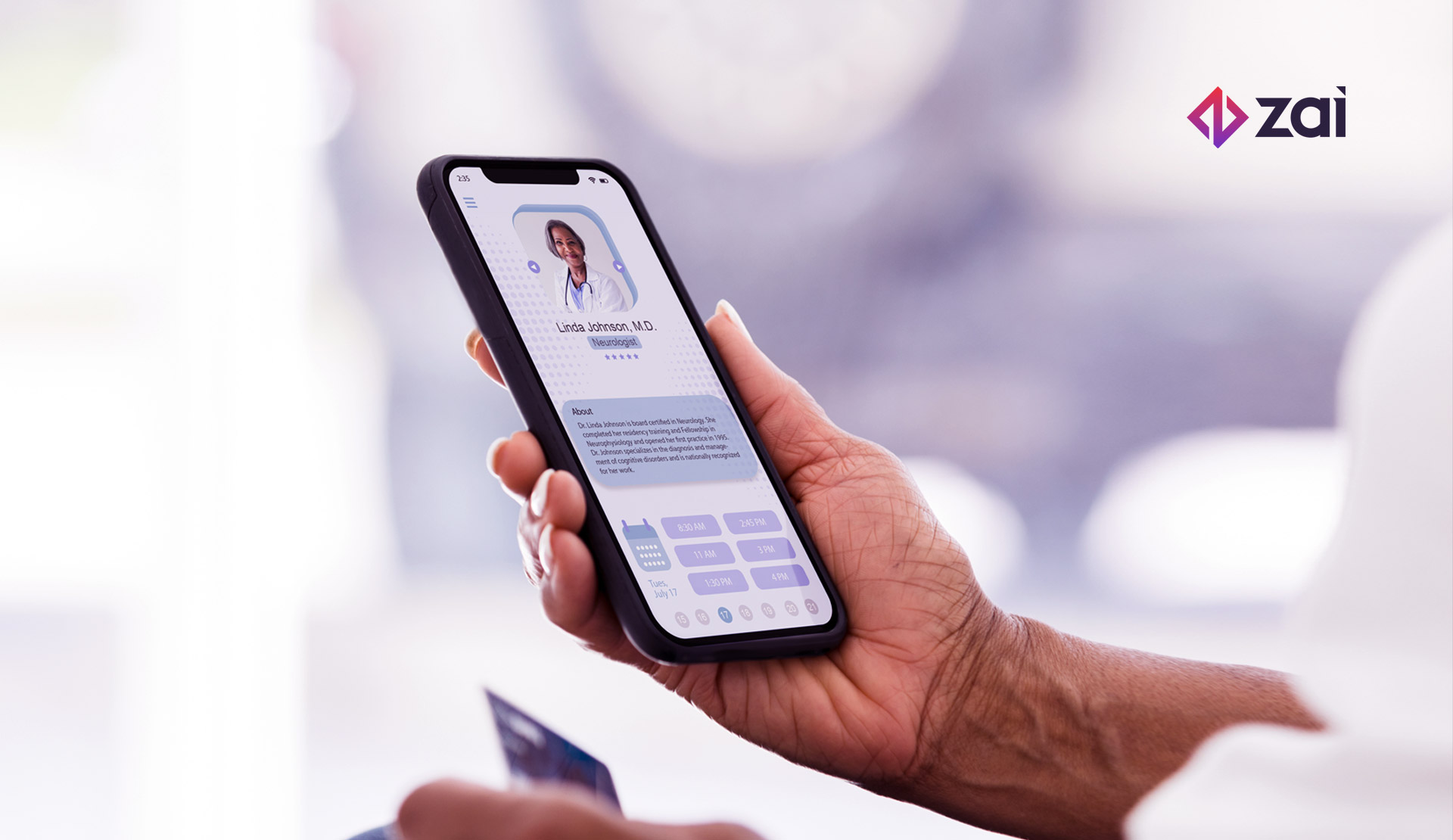The World Bank is predicting sustained growth in remittances to low and middle income countries (LMICs) over the coming year. As one of the world’s top sources of remittances, the UK will be at the heart of this growth. In this article, we’ll examine the trends that are likely to impact demand for remittance services in the UK and recipient countries, including how the pandemic has reshaped the consumer market.
Steady growth
Each year, migrants working in the UK routinely send more than US$20bn internationally to friends and family. Almost half of this goes to four countries: India (14.7%), France (6.7%), Pakistan (6.3%) and Germany (4.7%).
Despite international border closures due to the Covid-19 pandemic, remittances proved resilient throughout 2020 and 2021. The World Bank attributes this to stimulus programs implemented in host countries, which in turn enabled migrants to continue to send money home to address increasing financial hardship.
The UN’s International Fund for Agricultural Development estimates that 800 million people globally benefit from remittances, which are used to cover essential expenses such as groceries, medical care, school fees and housing. With food and energy prices continuing to rise, the World Bank predicts global remittance flows will remain a core source of support for LMICs, estimating the UK remittance market will reach $49.55bn by the end of this year.
Alongside the demand for cross-border transfers are a number of global trends which will impact how successful UK remittance providers are in meeting this demand. The first, unsurprisingly, is the rise of digital finance.
Cashless transactions and mobile money
Over the past two years, the adoption rate of digital finance has skyrocketed. In the UK, an estimated 93% of the adult population is expected to be using some form of online banking this year. Over a quarter of Britons have already opened an account with a digital-only bank and a further 10% say they intend to by the end of 2022.
Of course, it’s not just the UK that's experienced a digital transformation – LMICs have also experienced a shift away using cash For example, the use of ATMs in India fell by 47% in April 2020. As many as 1.9 billion individuals worldwide actively used online banking services in 2020, a number forecast to reach 2.5 billion by 2024.
The growth in digital transactions has been mirrored by the progress of the fintech market. In the UK in particular, fintech remained one of the few positive lights during the Covid-19 downturn, with the sector achieving 217% year-on-year growth in 2021. Although the market has steadied in 2022, UK fintechs are at the cutting edge of innovation, increasing the efficiencies of established players and delivering new, customer-centric products and solutions.
Thanks to the emergence of money transfer start-ups such as Wise – launched in 2010 and valued at $11bn in 2021 – even incumbent remittance providers are turning to fintech to remain competitive. Western Union and MoneyGram are reported to have been investing heavily in technology over the past decade, with the former’s revenue from digital transactions rising 38% from 2019–2020.
Another major contributor in the shift towards cashless transactions is the growth in mobile phone ownership. According to Pew Research Center, 83% of adults in emerging economies own a mobile phone, and mobile wallet usage in global e-commerce is predicted to grow to 52% in 2023, up from 42% in 2019. In the UK, the mobile payments market is believed to have grown to over 10 million users.
Mobile technology is a game changer for remittances, because it removes the need for costly bricks-and-mortar branches. It is approximately 50% cheaper than transfers via traditional transfer operators and offers high levels of monitoring capabilities (which we'll touch on later in this article). Despite these advantages, mobile money represents less than 3% of global remittances in 2021.
The cost of banking
The push to reduce the cost of remittances is likely to drive up not just mobile money usage but other forms of cross-border transfer. Recognising that remittance values were being significantly eroded by currency conversion fees and transactional charges, the UK, together with other G20 countries, has committed to reducing the cost of remittance transactions to 3% by 2030. As at June 2022, the average cost to send $200 internationally from the UK is 5.62%. Banks remain the most expensive type of service provider (averaging 10.92% per transaction).
As fintechs look for ways to reduce payment friction (thereby lowering operational costs), customers are demanding more for less. They no longer want to pay for banking services, but at the same time they want services to be fast, secure and transparent. Digitally-enabled money transfer operators are emerging to meet this need by establishing relationships with digital wallet providers. These partner networks operate outside the traditional banking rails, enabling money to be deposited in one form of currency and received in another.
Another area ripe for disruption is cross-border e-commerce payments, including transfers between businesses. Research points to a 30% increase on 2020 volumes, and business remittance is estimated to be the fastest-growing segment of the transfer market.
Digitisation obviously has a role to play here, as it has become increasingly easy for businesses to set up shop and compete for international customers. According to Visa, 43% of small and midsize businesses handled international business in 2020, compared to 34% in 2019. Paytech is making it easier to execute international transfers and new models are emerging that will allow small businesses to leverage APIs to gain the benefits of real-time updated accounting software solutions. However, there is a need for these services to be delivered in a single, integrated solution. Banks are the traditional home of business financial services, so it makes sense that they would seize the opportunity and partner with fintechs to deliver a seamless experience for small businesses.
Further, as demand for real-time payments grows, fintechs are looking to blockchain to support cross-currency transfers between businesses. Blockchain technology holds the potential to make information sharing easier, increasing visibility across the entire payment journey and thereby reducing clearance timeframes and the costly process of compliance screening.
New tech, new threats
An effective data security plan will be critical to the survival of any UK remittance operator, not just because cyberattacks have become more sophisticated, but also due to changing data protection laws.
According to the IMF, the number of cyberattacks has tripled over the last decade, and the financial services sector is the most targeted industry. Fraudulent activity, money laundering and remittance theft are also on the rise, and the war in Ukraine has increased the threat as criminals seek to evade sanctions.
LMICs are particularly vulnerable to cyber risk. Part of the problem is that a successful attack on a core system or service could spread across borders impacting the entire financial system. Mobile devices also increase the opportunities for hackers to inflict damage via weak points in the remittance chain. Migration of data to the cloud further compounds the problem.
In response, fintechs are investing heavily in ID solutions – such as biometrics – to reduce their vulnerabilities. In the world of cryptocurrency, cold wallets and decentralised finance models are being embraced, and these could provide similar benefits for the remittance sector.
Governments are also responding, issuing legislation and other regulatory measures to protect their citizens’ private information from falling into the wrong hands. For example, in December 2020, the UK Department for Digital, Culture, Media & Sport announced it was pursuing a National Data Strategy, to set out a framework for not only the protection of data, but ways big data could be used to create new economic opportunities for the country post-Brexit. The strategy began with a period of public consultation, following which, on 17 June, 2022, the UK government published its response, proposing a number of reforms to “empower citizens through the responsible use of personal data.”
Of course, UK financial services businesses do not simply have to adhere to local data protection requirements, but also those of the countries to which money is being transferred. And compliance with one set of regulations does not guarantee compliance with all laws. For this reason, experts recommend fintechs institute a data protection policy that complies with the most stringent set of business rules the company faces, while using a security and compliance framework that covers a broad set of requirements.
Conclusion
Demand for remittance services looks likely to remain steady over the coming year, and UK providers are well-positioned to prosper. Amid the emergence of new payments technologies, an increase in cashless transactions and the use of digital payment tools, and the growth of small and medium-sized businesses, remittance providers with superior paytech solutions will be the ultimate winners.
To discover how paytech could transform your remittance business, get in touch. For more information, download our guide below.


.png?width=211&name=cover%20(14).png)


